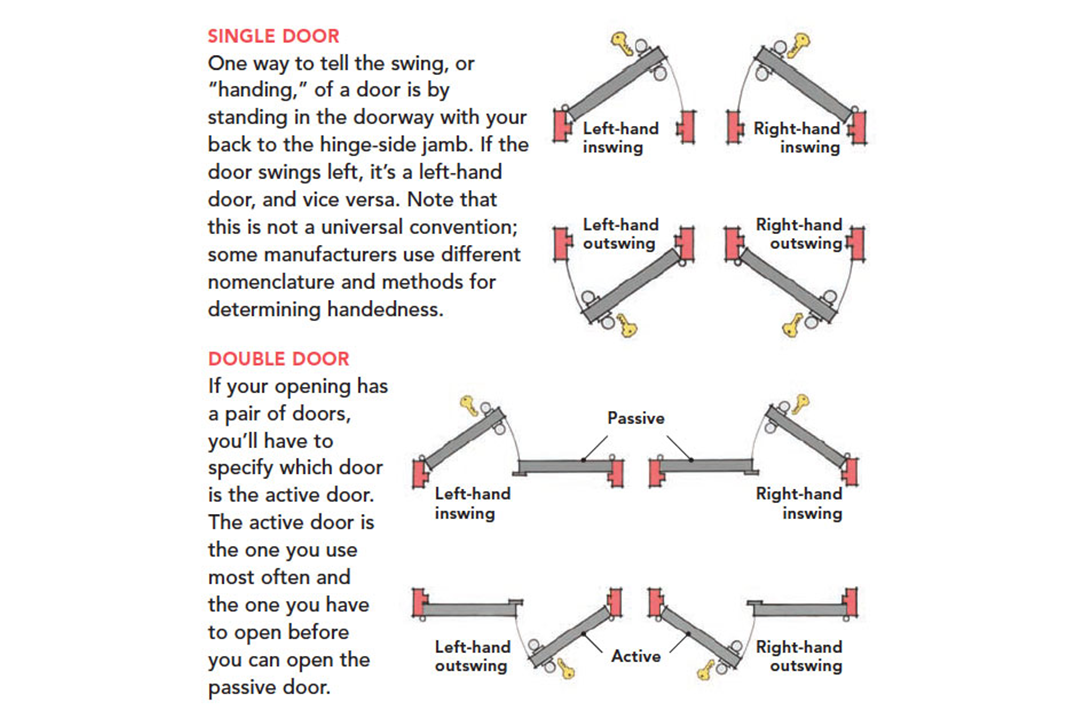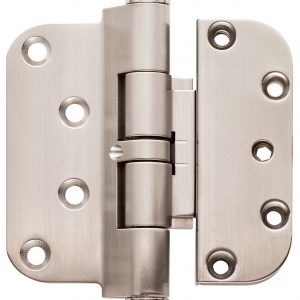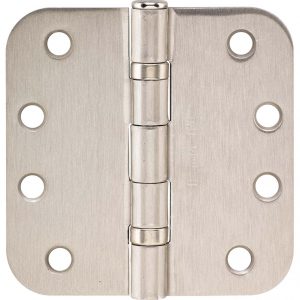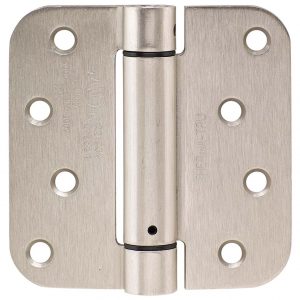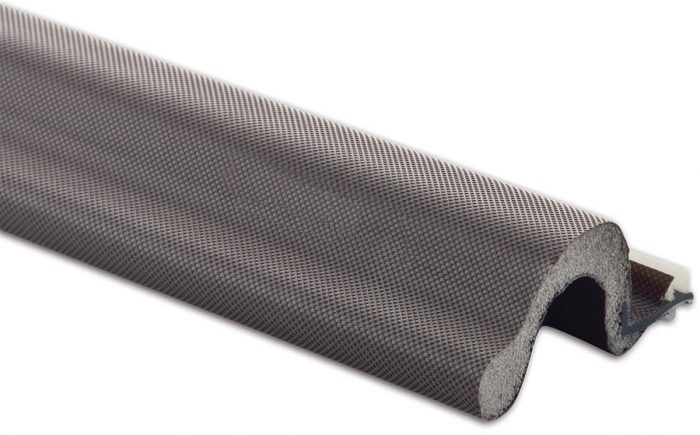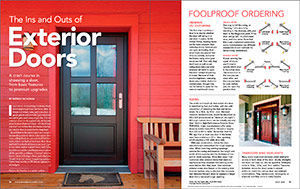The Ins and Outs of Exterior Doors
Get a crash course in choosing an entry door, from basic features to premium upgrades.
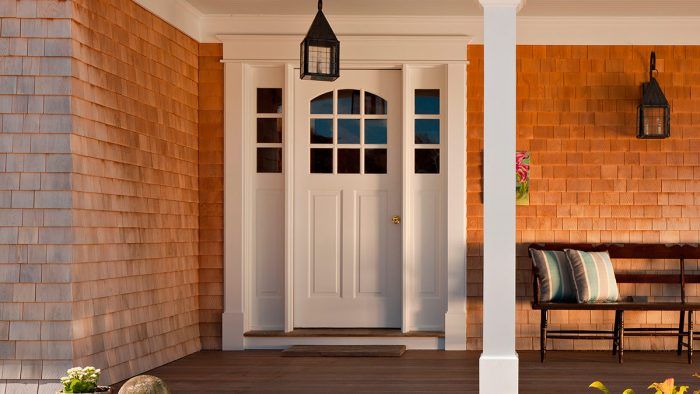
Synopsis: Senior editor Patrick McCombe spent years as a carpenter installing exterior doors, and also spent time selling them at a door shop. In this article, he explains what to know about size and inswing vs. outswing when ordering a door. He also runs through basic construction details, including material, sills, jambs and casing, hinges, and weatherstripping, as well as worthwhile upgrades when looking for a door that will last for decades.
I can’t think of something in a house that’s more important than the front door. It keeps out wind, rain, and intruders; it greets guests and provides light and fresh air; and it gets used every single day. For an exterior door to do a good job, its beauty must be more than skin deep—it’s the things you don’t see at first that determine whether an exterior door is ready for the long haul.

Foolproof ordering
Inswing vs Outswing
The first step in picking a door is to decide whether the door will swing in or out when it opens. In the United States, inswing doors are far more common than outswing doors, because you can open an inswing door when there are several feet of snow outside, and enter the house easily when your hands are full. That said, they don’t seal as well as outswing doors because wind pressure will work to open the door instead of pushing it closed. Because of their weathertightness, outswing doors are a better choice for coastal areas, though they can be harder to open for the reasons mentioned above.
Sizing
The width and height (in that order) of a door is identified by feet and inches, with the odd convention of removing the feet and inches labels. So a 36-in. by 80-in. door, the most common residential size, would be described as 3/0 x 6/8 (pronounced as “three-oh, six-eight”). Although custom doors can be virtually any size (See “Build a High-Performance Exterior Door,” FHB #256), major manufacturers offer entry doors in widths from 2/0 to 3/6 and in heights from 6/6 to 8/0 or taller. Remember that the IRC says that at least one door in the home must have a minimum 32-in. clear opening, which requires a 3-ft.-wide door slab.
With new construction, follow the door manufacturer’s instructions for rough-opening sizes. When matching existing openings, remove the casing and measure the height and width of the opening and the thickness of the wall to avoid surprises. More than once I had customers who ordered doors that were too big because they assumed the existing jambs were thicker than they were. One customer ordered a new door based on the existing door it would replace, only to discover that someone had removed the jack studs to squeeze a larger door into a too-small rough opening.
Transoms And Sidelights
Many doors have small windows called sidelights on one or both sides of the door. Usually sidelights are fixed, but they can also be operable. Sidelights come in 10-in., 12-in., and 14-in. widths. Transoms (windows above the door) come in several widths to match the various door and sidelight combinations. They can be round, rectangular, or elliptical, and they come in many heights.
Getting A Good Door
For a door that works like it’s supposed to, insist on these basic construction details.
Material
Sills
Inexpensive doors will have a nonadjustable aluminum sill, but an adjustable sill should be the bare minimum, allowing it to be raised as the sweep wears or the building settles. Consider raised coastal sills in areas subject to regular wind-driven rain. You can also order relatively flat ADA sills that are less of an obstacle to those with mobility issues.
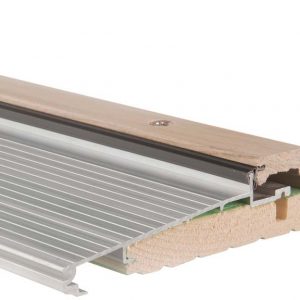 |
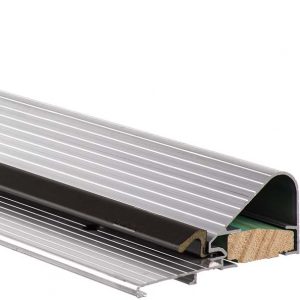 |
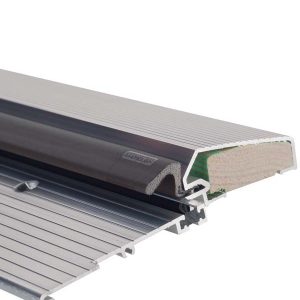 |
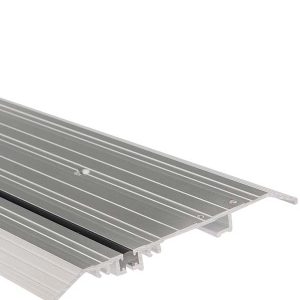 |
Construction
Less expensive doors have narrow stiles, as little as 1 in. across. Narrow stiles are weaker and more prone to warping than wider stiles. High-quality wood and fiberglass doors have stiles that are 4 in. or more. You can find out the width of stiles and rails on steel and fiberglass doors in the manufacturer’s technical data.
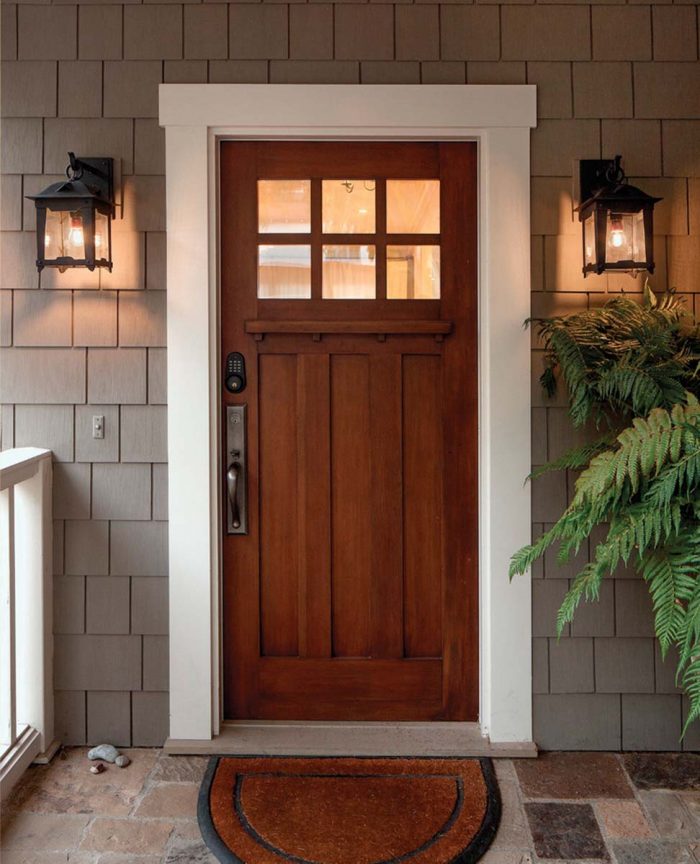 Jambs And Casing
Jambs And Casing

Prehung entry doors are usually sold with the exterior casing already installed. The most common casing is 2-1⁄4-in.-wide brick molding. This chunky casing works with a wide range of claddings, including brick, clapboards, vinyl, and even stone veneer. Most suppliers can also install 5/4-in. or 1-in. nominal casing in several widths if you need to match existing doors and windows or to cover an oversize opening. Some suppliers will even custom-mill casing to match existing profiles.
The most common jamb thicknesses for exterior doors are 4-9⁄16 in. and 6-9⁄16 in. This assumes a 2×4 or 2×6 wall with a 1⁄2-in. layer of sheathing on the outside and a 1⁄2-in. layer of drywall on the inside. You can get wider jambs for homes with foam sheathing or thick claddings, and old homes often need unusually sized jambs because of thick plaster walls and board sheathing. You can extend jambs for thick or odd-size walls from the inside or outside with 3⁄4-in.- or 1-in.-thick flat stock applied to the existing jamb. But beware site-applied extension jambs on the inside of inswing doors, as they will prevent the door from opening all the way. The same is true when you put extension jambs on the outside of outswing doors.
Hinges
Lockset Prep
Most door slabs are cross- and edge-bored for a standard lockset and the jamb is prepped for the strike plate. Door suppliers will drill the door for a deadbolt for a few bucks more, which saves installation time and prevents the agony of drilling the door incorrectly. They may also be able to make the mortise for popular brands of mortise locks.
Weatherstripping
From Fine Homebuilding #284
To view the entire article, please click the View PDF button below.
More about exterior doors:
- Landings for Exterior Doors – Get the scoop on the specifications you need to install a variety of landings.
- Build a High-Performance Exterior Door – Not all exterior doors are created with the same quality and attention to detail.
- Design/Build: Entry Doors – There are a lot of things to take into consideration when designing and building a new entry door.

